QuestionQUESTION: Hi,
My family recently bought a 15 month old male Siberian Husky with little or no house training. My prmiary concern was over its diet as I have read conflicting articles about commercial food and raw food such as chicken and pork. Could you please advise me on what type of diet you reccommend and how much to give him each day.
ANSWER: I would start with commercial food and if you decide to move into raw feeding, keep doing some research and make that decision for yourself. Raw feeding is rather involved, and while I see its benefits, I don't feel that the alternative (commercial dog food) is that detrimental, so I stick with commercial. To me, however, its a personal decision and I have nothing against either method.
For commercial dog food, you want a kibble that is high in protein (around 30%) and high in fat (around 20%) and a food with main ingredients that are meat based and not just filler grains. When you look at the ingredient list, you should see a majority of the first five ingredients or so being meats, oils, poultry, etc. A grain in there isn't a problem, but you probably don't want it to be the first ingredient, or more than one or two in that opening list.
I recommend going to the pet store and looking at some labels and going from there. I feed mine a performance puppy mix because it has the high protein and fat that they need (although they are far from puppies, one is almost five). As for amounts, it's tough to say because a lot depends on the caloric content of the food. However, my food is right at that 30/20 protein/fat measurement and they receive 1 cup of food per day. Your best bet, feed what the dog will eat in about 5 minutes or so twice a day. Keep this up for a week and watch the dog and monitor weight. You should adjust feeding then based on these things:
1) A 15 month old Sibe should be relatively done growing, so weight shouldn't fluctuate much.
2) You should be able to see a waistline and feel ribs relatively easily under the fur.
3) Stools should be firm - loose stools can be a sign of over feeding.
4) Activity level should be consistent.
Based on those factors, you may find that your dog needs a little more food, or maybe a little less.
Hope that helps some. Oh - and treats aren't a problem - mine love chicken jerky (dog style), peanut butter bones, and then the occasional piece of cheese or tidbit of yogurt.
---------- FOLLOW-UP ----------
QUESTION: I've just realised I said the pup was 15 months old, I meant to say 15 weeks! Apologies for taking up yet more of your time but could you advise me now I've corrected myself?
Many thanks,
Ryan
AnswerMost of what I mentioned earlier still applies to a 15 week old, but you will see a steady increase in weight and size until the pup is around a year old. You will need to slowly increase the amount of food until around 6 months (sometimes as late as 8 months) before slowly decreasing the amount and settling in on something between 12 and 18 months of age. How do you know how much to feed? Use the same rules as I mentioned before, but you should see a steady increase in weight. Keep an eye on weight and if you aren't seeing a steady, slow increase in weight over a two week span, you probably aren't feeding quite enough. Although, generally, the pup will act hungry, so that's a good indication to needing to increase feeding.
Generally, you will want to feed around 3x per day at this age, and you can reduce that to twice per day and eventually once per day as the dog gets older (usually at about 6 months and then again around 9 months). Personally, my dogs do better on two feedings, so I left them on that when we moved off three feedings per day. Also, pups usually have slightly more sensitive stomachs, so loose stools might happen a little easier, just keep an eye on it. Usually, it means that the dog ate too much at that one feeding.
Based on the quality of the dog food, you will probably be feeding around a cup to 1 1/2 cups of food each day, divided out into the three feedings. This will probably cap out around 5 cups per day at about 6-8 months, and slowly decrease to about what it is now after the dog matures.
Hope that helps some, and unfortunately, there is no exact science, but rather a combination of the dog, the food, the activity level and you. Hopefully that gives you enough information to get you started and make the decisions yourself, but if you have any other questions, let me know!

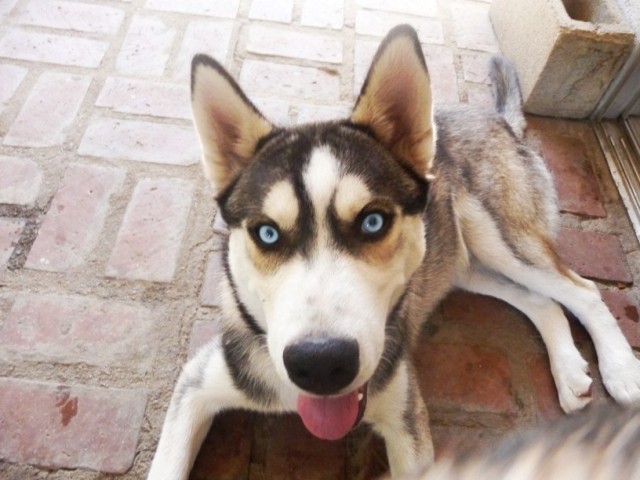 Husky Color
Question
Orion
Hi I have a beautiful 6 months old husky
Husky Color
Question
Orion
Hi I have a beautiful 6 months old husky
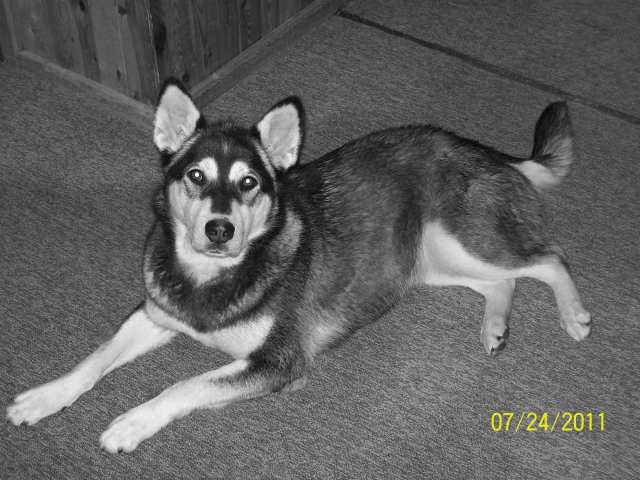 Pregnancy
Question
Diamond in black and w
Is it possible f
Pregnancy
Question
Diamond in black and w
Is it possible f
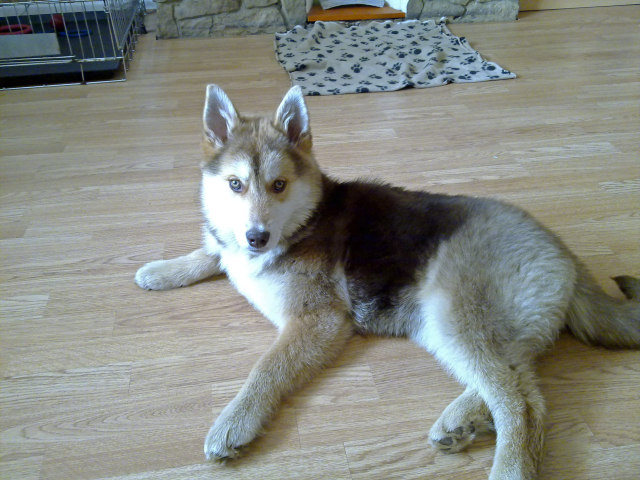 my husky colour
Question
mecca
hi i have recently got my husky mecca. s
my husky colour
Question
mecca
hi i have recently got my husky mecca. s
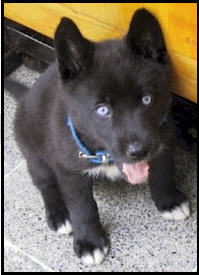 Crate Training a 7wk old Husky mix pup
QuestionHusky look-alike from
QUESTION: Weve re
Crate Training a 7wk old Husky mix pup
QuestionHusky look-alike from
QUESTION: Weve re
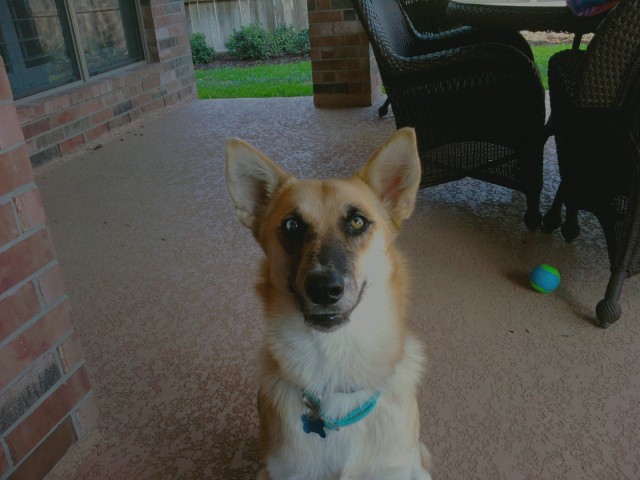 Wondering if my rescued husky mix is not a mix
Question
Ace
I adopted a 7 month old rescue abou
Wondering if my rescued husky mix is not a mix
Question
Ace
I adopted a 7 month old rescue abou